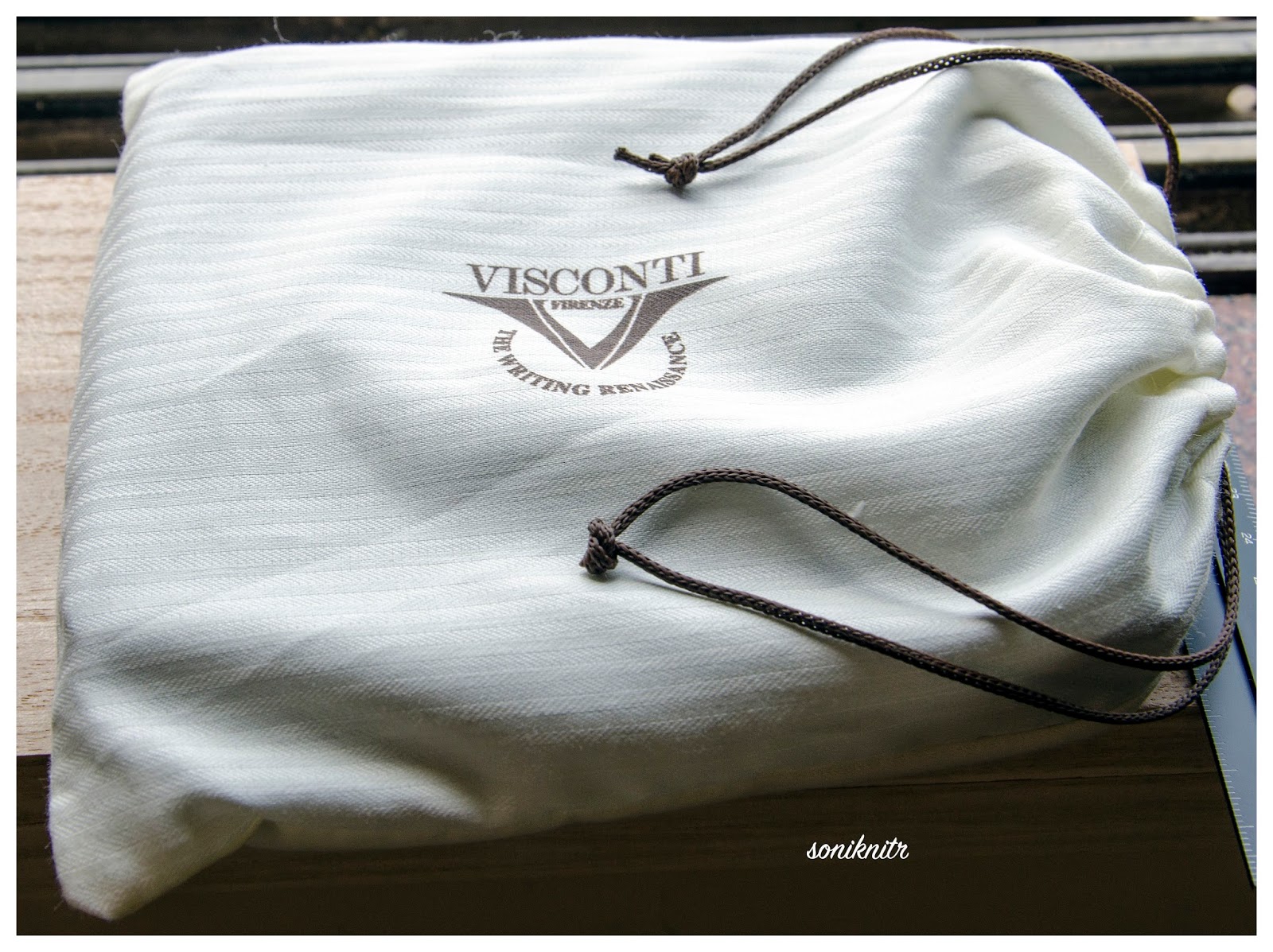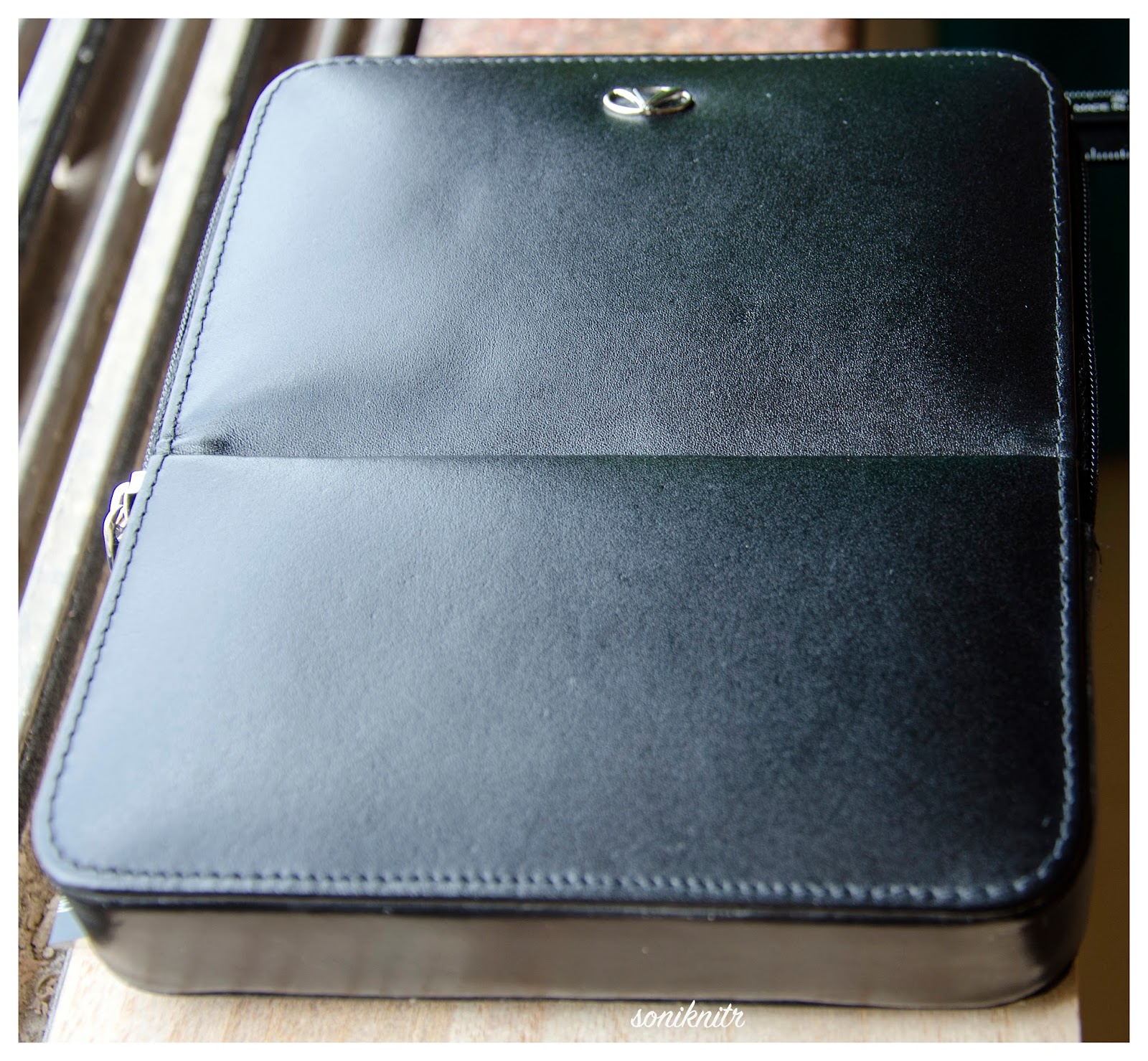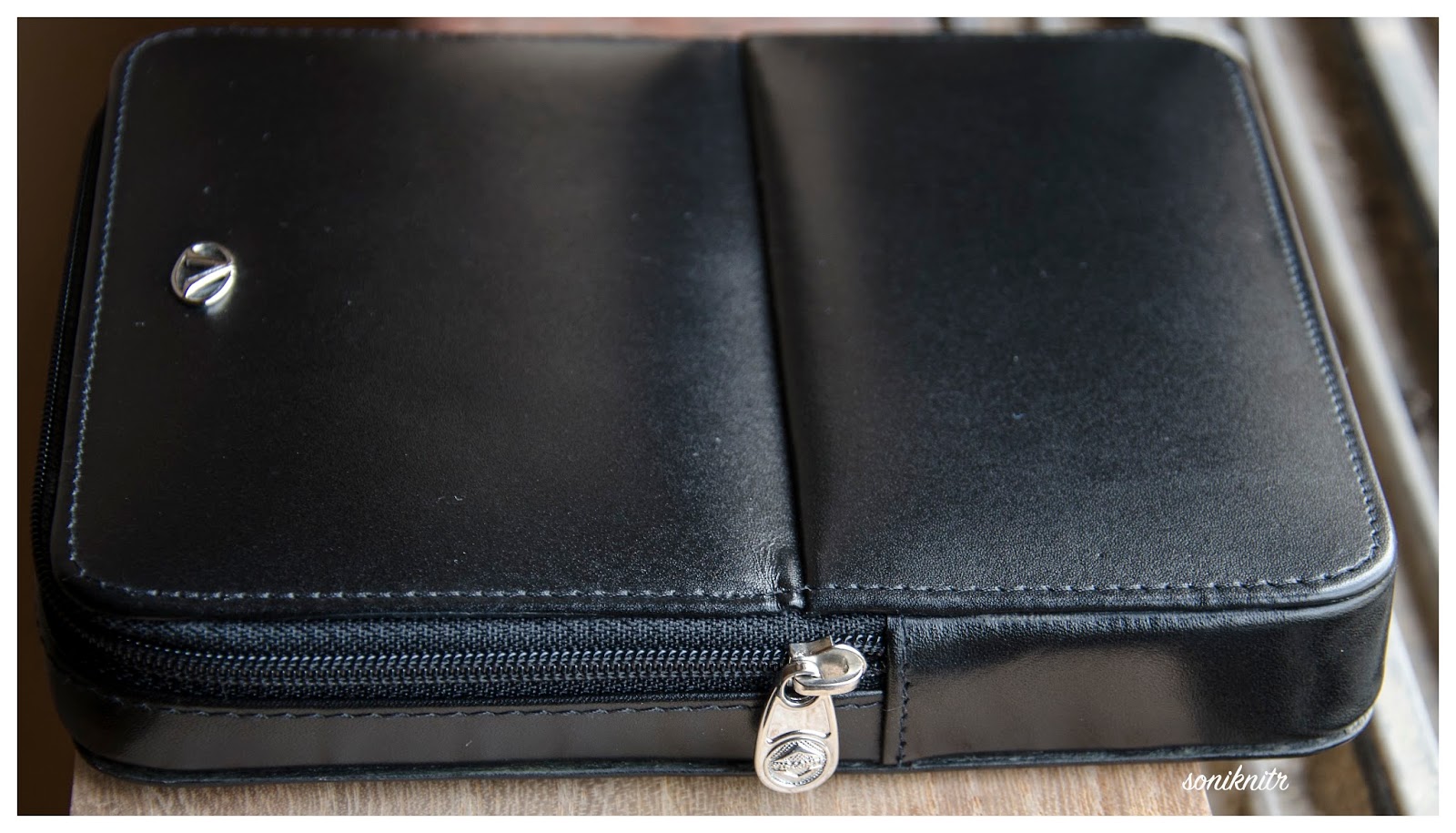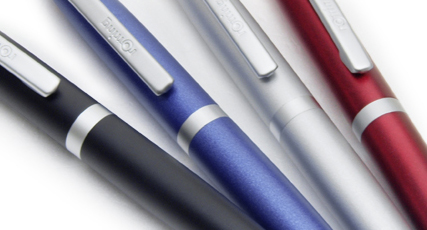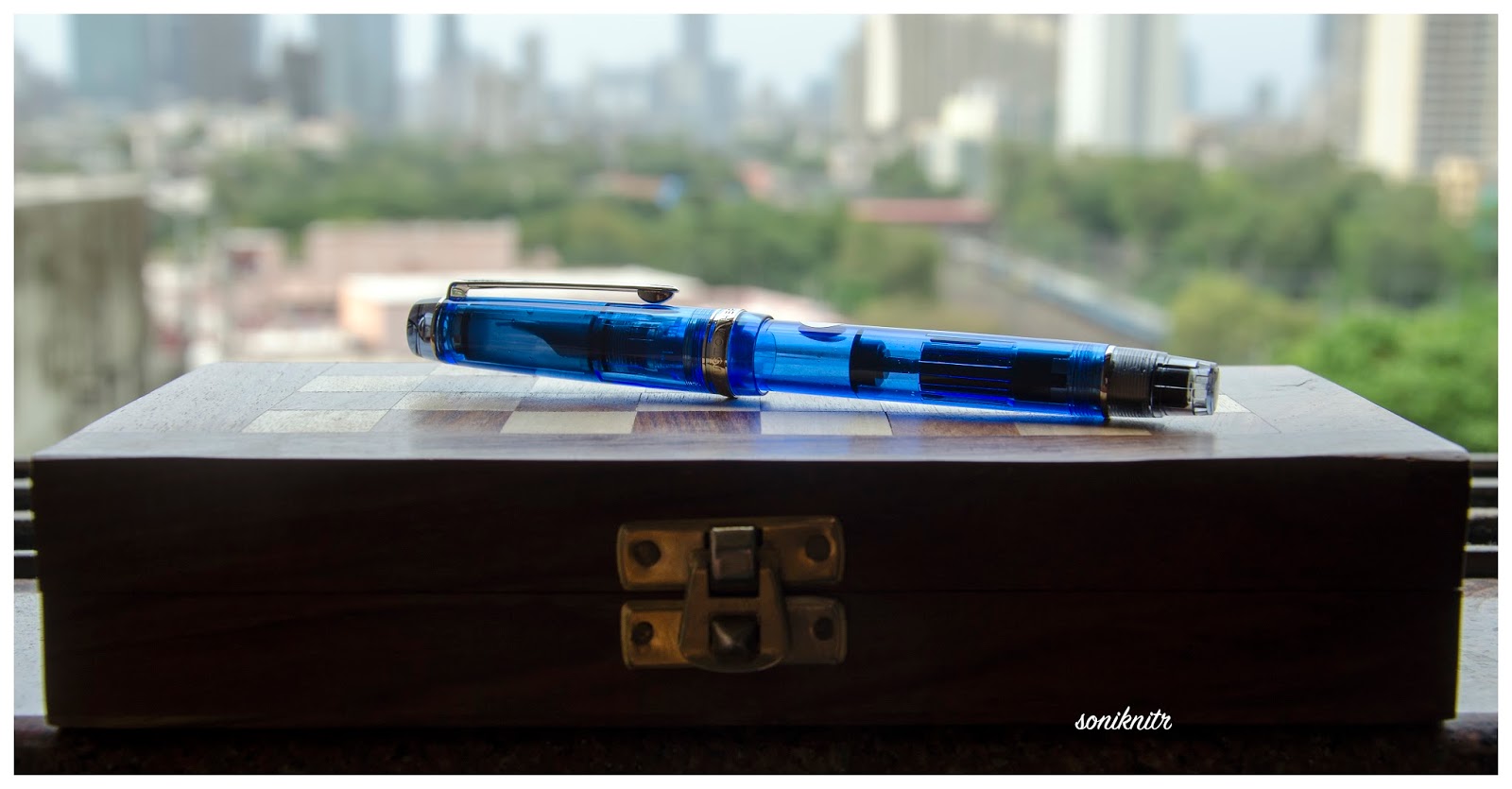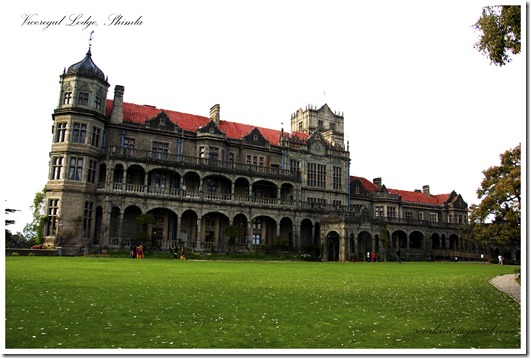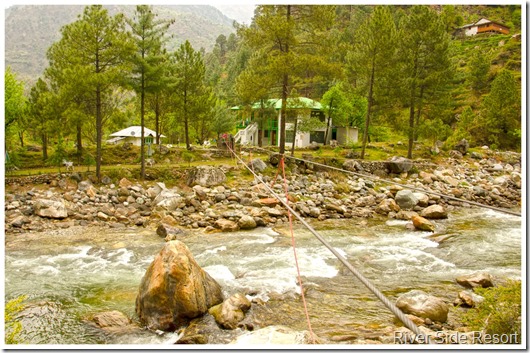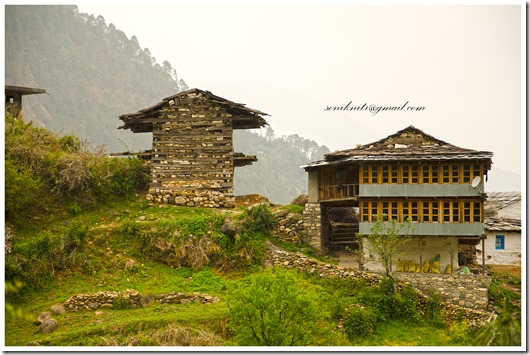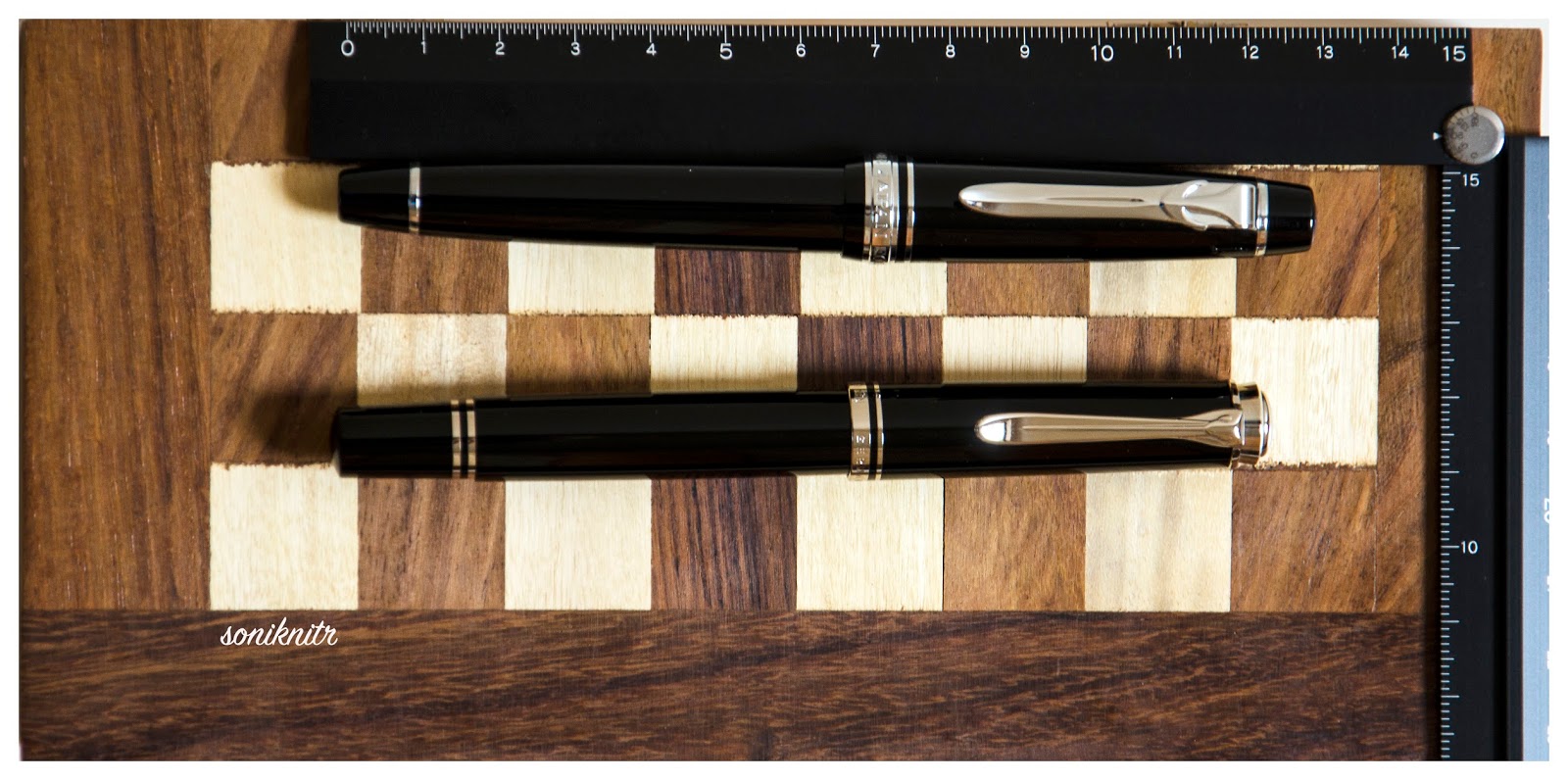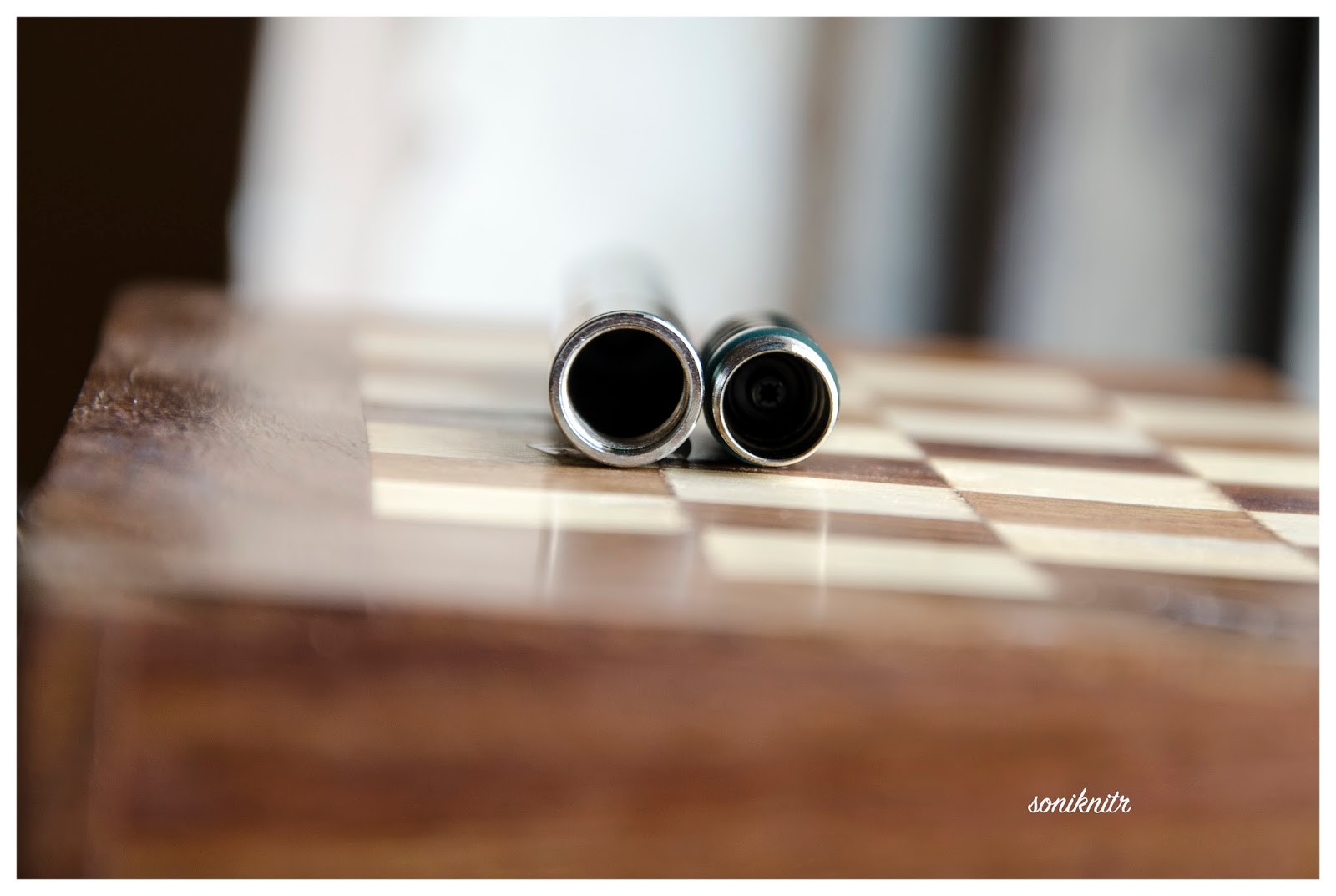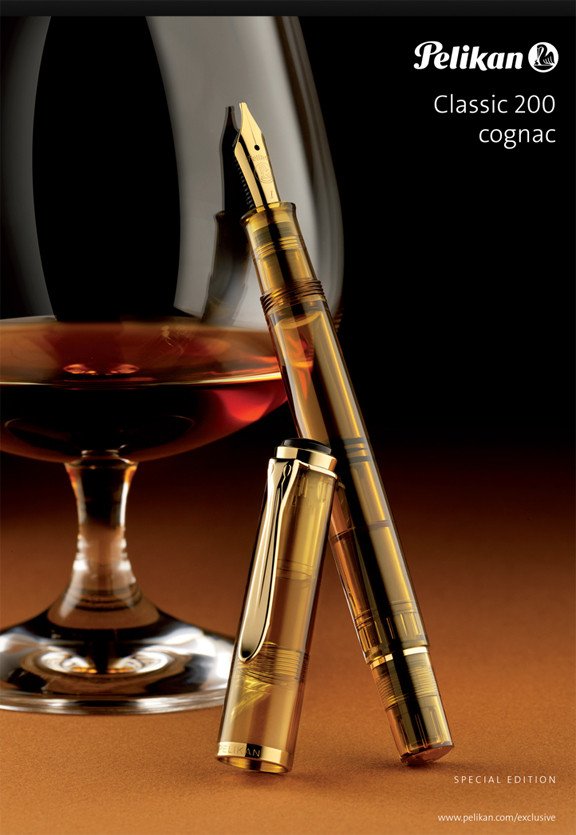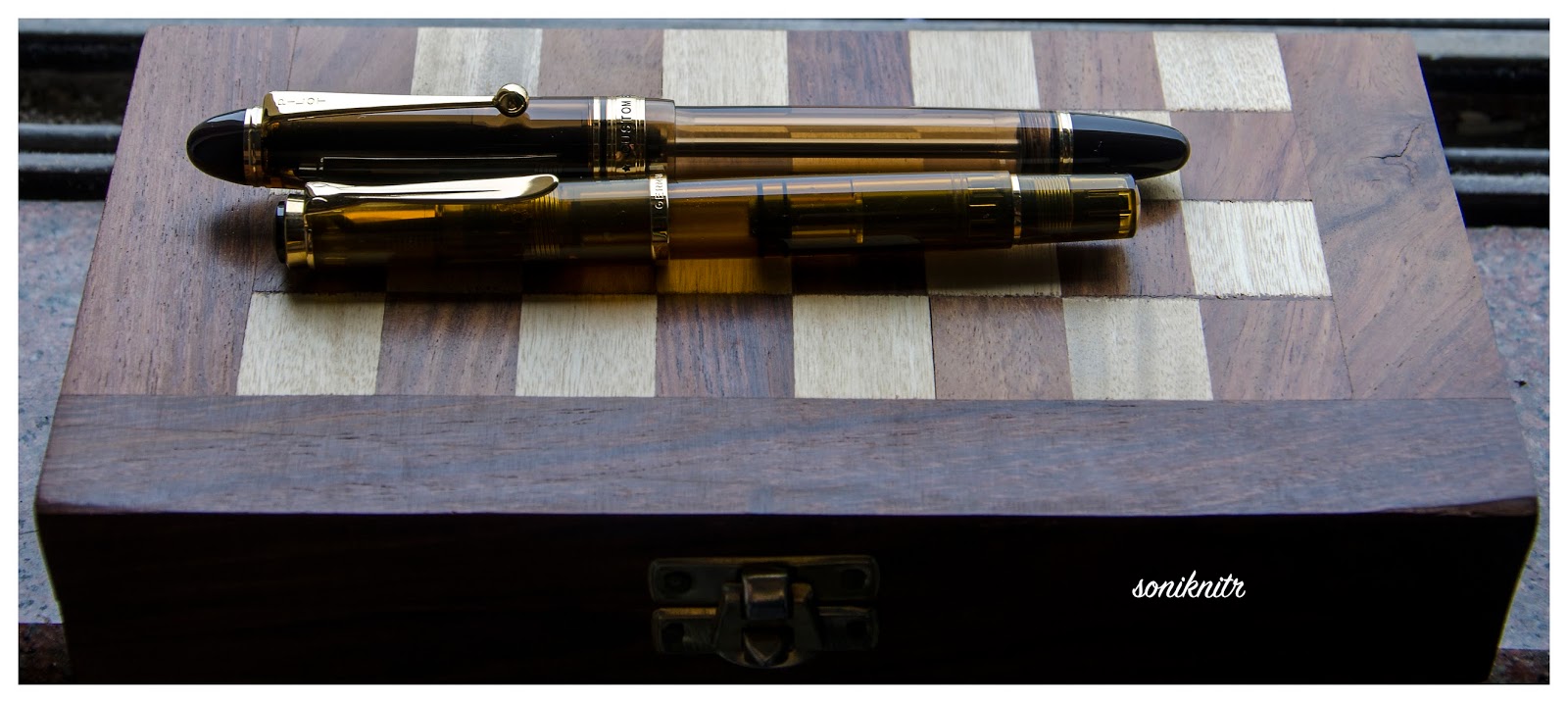BACK IN TIME
An 180 year old maker of fountain pens and their paraphernalia, coupled with the fact that your collection is rather incomplete without a Pelikan, was enough to provide momentum for my first purchase. Pelikan had launched its first fountain pen back in 1929. As for me, having already witnessed the writing finesse of a steel nibbed M 205, which I had to trade off, it was time to witness the real 14K Gold nib. And of course, these Swiss-incorporated German pen makers are credited with the genesis of piston filling mechanism with a differential spindle gear. It means that the piston knob is also threaded so that it unscrews a bit when the piston moves outward, thus delivering a greater ink-suction. Hungarian engineer Theodor Kovacs is credited with the invention of the original filling mechanism before selling off the
patent to Günther Wagner (the man who established Pelikan) in 1927.
The M4XX is usually considered to be a logical next step to M2XX. As with the model numbers, there is a general increase in nib size & specs, in addition to overall dimensions, when you move from M4XX to M1XXX. Brass piston fittings in 8XX/1XXX series, render additional weight. The designs of the striped 400/600/800/1000 are pretty linearly recurring over the entire writing range except for several special editions. 405/605/805/1005s refer to the similar pens with silver accents, plated with noble metals (like Palladium or Rhodium), unless it’s a special or demonstrator model. The other model numbers refer to special/limited editions. One such alluring model is
Souverän M 625 with sterling silver fittings (Ag 92.5%). And the green-striped M400 embarks the 1929 classical design with a translucent striped barrel.
The logos have changed over the years starting from a mother pelican with four chicks to a one-to-one correspondence from 2003 onwards.
PRESENTATION
The pen comes in a standard G15 gift box, constituted of thick cardboard with dimensions in the range of 20 X 9 X 5.5 cm, in a top-bottom slider configuration.
On opening the box, you would at once notice a white synthetic-leather pouch, secured by a brown strap with a plastic emblem, which mimics a wax seal. The pouch contains your pen and there is a separator holding the warranty and catalogue beneath.
DESIGN - THE STRIPED TRANSLUCENCY (6/6)
The m400 comes in five standard designs, four striped translucencies - Green, Blue, Red, Tortoiseshell White and one Classical Black with a Green Ink Window, across four different nib widths - EF, F, M and B although a
custom grind is offered for a italic nib by some of the authorised sellers. The m405s now come in silver trimmed versions of Striped Blue and Black/Ink Window with monotone rhodiated nibs. Personally, I prefer the earlier two-tone nibs on them.
A touch would unveil the subtle craftsmanship associated in building the writing instrument. Through its light-weightiness, it apparently belies any effort for transforming thoughts into words. The black and green striped shaft has stood the test of time since the 1950s. The barrel made up of extremely smooth pelikan famed ‘cellulose acetate’ with its diamond cut contours, partially revealing the necessities like the piston end or ink level, while concealing the irrelevant ones.
Light and dark play differently with the barrels, which dazzles your eyes, rather than the lenses.
The striped transparent sleeve gleams in gold with ambient light and these effects proliferate with sunlight. The golden radiance is matched throughout the pen starting from the famed finial and the pelican beak (clip) through the concentric bands in the cap, finally converging with the concentric piston rings.
The cap feels light and unscrews with a single turn, revealing a dazzling two-tone nib. The grip reveals another knot of glitter, towards the nib end. The transparency does reveal the inside works of its piston mechanism.
Two concentric golden bands with a gold plated crown embossed with the pelikan logo, adorn the cap with a signature pelican beak-shaped clip (with a face!). The thicker one carries the brand imprint of PELIKAN SOUVERÄN GERMANY. A high degree of polish gives it a gleam which can coax the lustre of the gold plated bands. The logo on the finial is the one embraced by Pelikan post 2003, that of a mother pelican and its chick, gleaming in brushed gold or brushed palladium.
The significance of these bands is that somehow they seem to be intrinsically associated with the design rather than just differentiating the aesthetics.
FILLING SYSTEM (6/6)
A piston filler with a sturdy knob is embellished with two concentric golden loops. Apart from their enchanting looks, like any other pelikan, it's an easy and hassle-free mechanism. The piston end unscrews with three to four rotations and ink is sucked in, with quite a gush, once the piston is screwed back on. And of course, you can observe the thing in action through the striped windows. A plastic spindle connector in the m4XX/6XX limits weight. M4XX fills upto 1.5 mL of ink. However, given the wet flow of the flock, it does not get a long time to use this 1.5 mL.
One thing to note here is that these
piston mechanisms are not supposed to be dismantled using a wrench. In case of problems other than lubricating the piston seal, it’s better to send the pen to Pelikan Germany/Country Authorized Service Center. Pelikan does have an excellent customer service.
NIB - ALL THAT MATTERS* (4/6)
The nib/feed section is screw-fit and comes in a standard 14k two-tone design across four stock widths - EF, F, M & B. It has the standard pelikan design with the usual convenience of a screw-fit section.
Like all its cousins, the nib is exquisite and efficient. With a standard m4xx feed, the nib-section is an ensemble of efficiency and art. And this two-tone finish does converge with the golden/silver trims in terms of both glitter and glimmer.
The tail end specifies the nib-width and composition (14 C, 58.5% Au) of the gold-alloy used. Three arabesques diverge along the shoulders of the nib with two of them converging near the circular breather hole. The third curve runs across the tines towards the shoulders ending with the tail end of the nib, outside of which a golden decor runs along the shoulders across the outer tines, before converging onto the iridium tip. There is of-course the dazzling golden mother-baby pelikan logo, resting above the tail.
This one in the picture is an Extra-Fine nib and writes smooth out of the box.
A standard black plastic feed (earlier ones had ebonite feeds) with closely spaced fins allows a good buffer capacity to hold ink with ambient pressure and temperature fluctuations.
![]()
*My first green striped M400, had a wet yet scratchy nib. No doubt, it drained my entire emotional elation all of a sudden, when I started writing with it. Upon close inspection with a 20X loupe, I found tines misaligned by a considerable extent. But still due to wet flow, it laid a broader line than a pilot 14k medium nib, concealing most of the scratchiness, unless I wrote a looped ‘r’ or ‘s’. The next day, taking the loupe I did spend two hours, routinely lifting the right tine from the middle with my
fingernail to align it with the left, although it kept coming back with amazing flex. An hour and a half later, the loupe showed both the tines to be more or less aligned and yes the scratchiness was almost gone. But the inertia of scratchiness still carried on the back of my head. Finally, I sent the nib back for a free replacement. The next m40Xs were gliders right out of the box and needed no such effort. But I did expect a better QC from Pelikan.
PHYSICS OF IT (5/6) – RELATIVELY SPEAKING
It does give a comfortable feel to write with the pen with the cap posted. The overall capped length is around 12.5 cm. The total weight of m400 has a third of contribution from the cap and it feels very light without posting the cap. The pen does get some heft from the ink inside the barrel.
- Uncapped Length ~ 12 cm
- Posted Length ~ 15 cm
- Nib Leverage ~ 2 cm
- Overall Weight ~ 16 g (Cap Weight ~ 6 g)
Capped, uncapped and posted comparisons with its cousins - m605 and a m805 go below. A m20X with a steel nib shares the same measurements as a m40X.
ECONOMIC VALUE (5/6)
The m400 retails at around USD 300 - 400, though it might be available at lower street prices. I was able to get the pens at a good discounted price in an online action at the bay, however the subsequent custom duty was high. I would not undervalue this rating by much, because in the end, I do consider the pen a workhorse.
OVERALL (5.2/6)
These 14k nibs have a smooth and wet flow. The nibs have a slight bit of spring and softness in them, without any noticeable line variation. Being extremely wet writers out of the box, the Fine nib puts a line which takes around 40 seconds to dry on MD Paper (for the Extra-Fine one, it takes 30 seconds to dry a line-width falling between a pilot 14K Fine and Medium nib)
Thank you for going through the review. Hope you enjoyed it.
More pen and paraphernalia reviews
here.







































